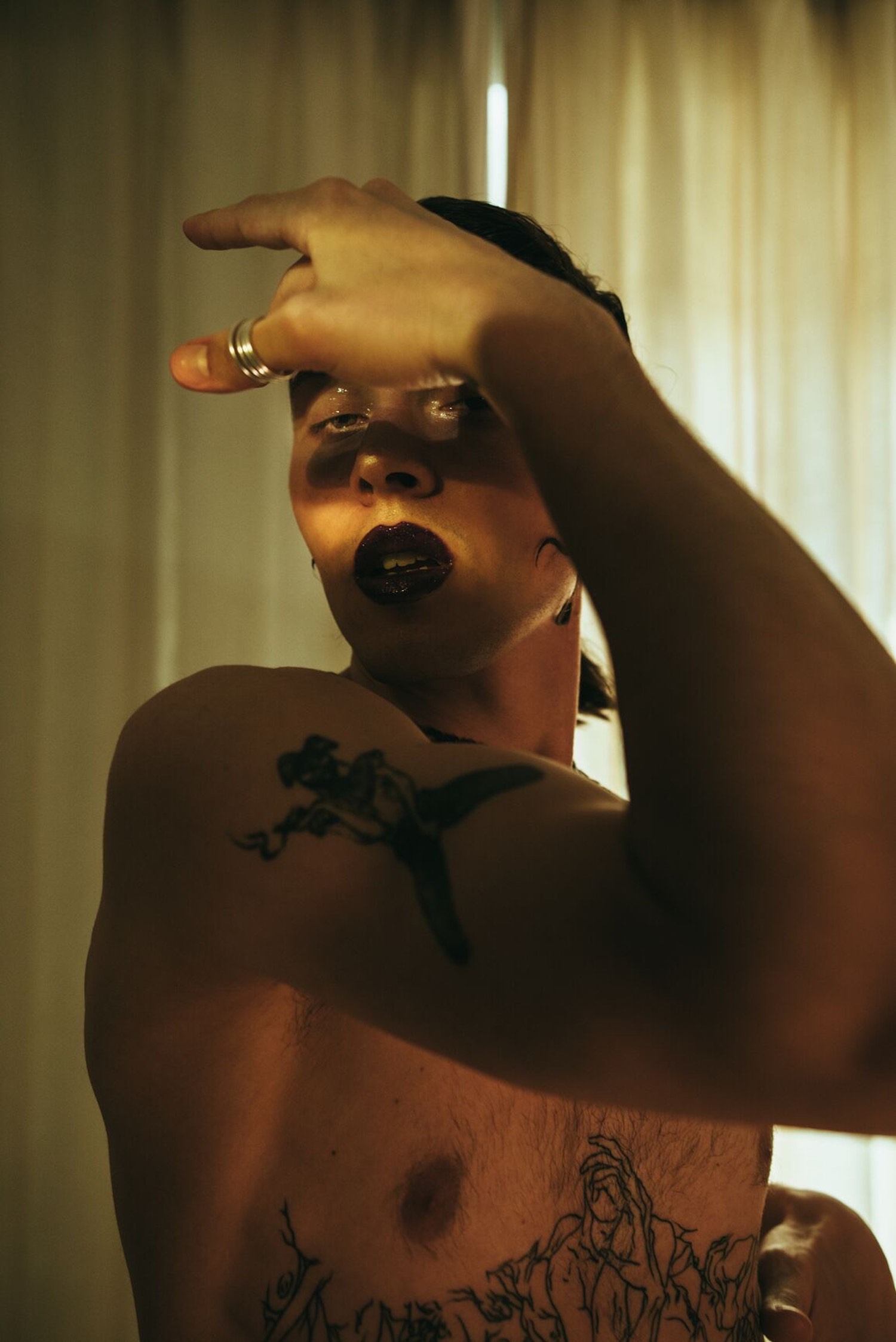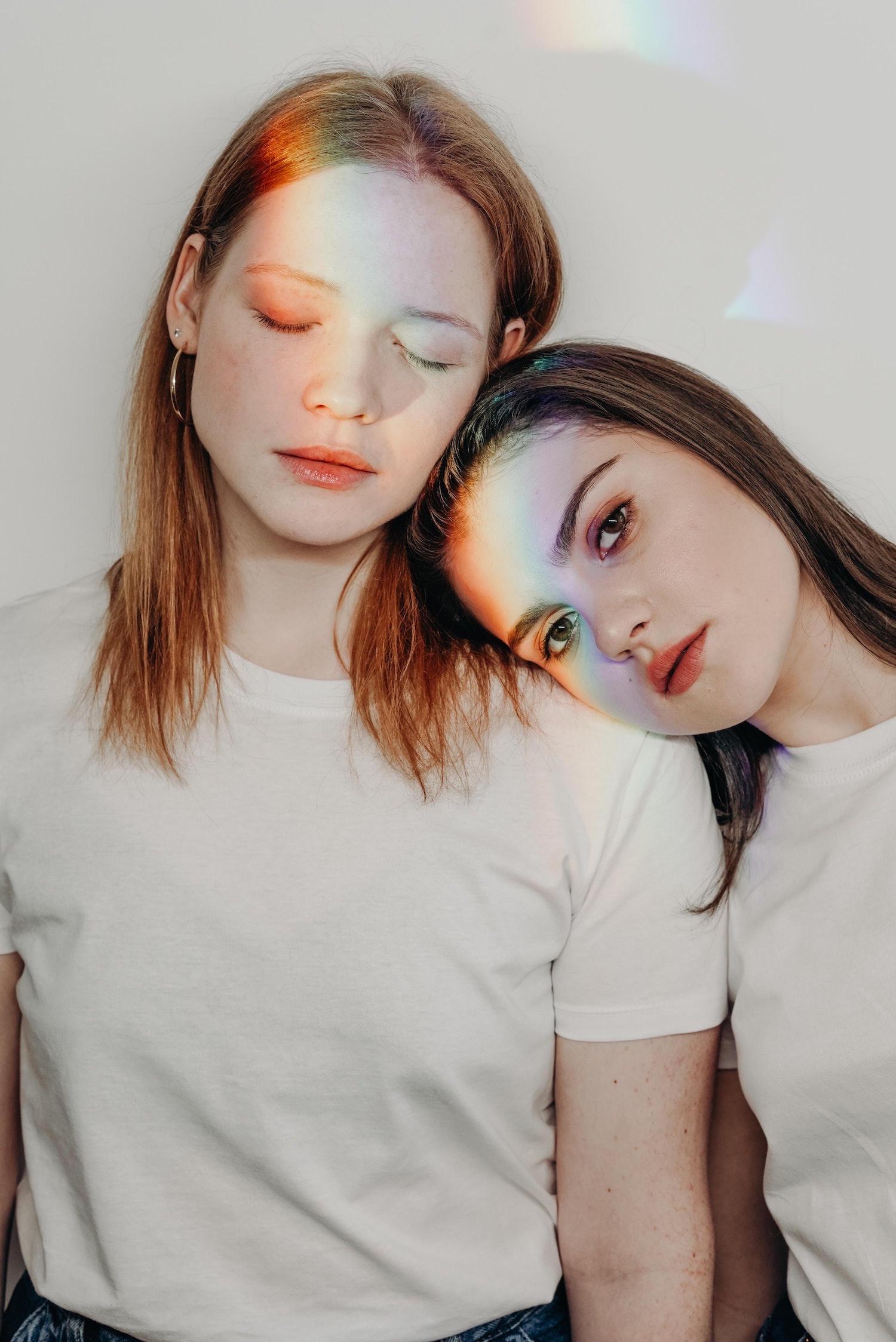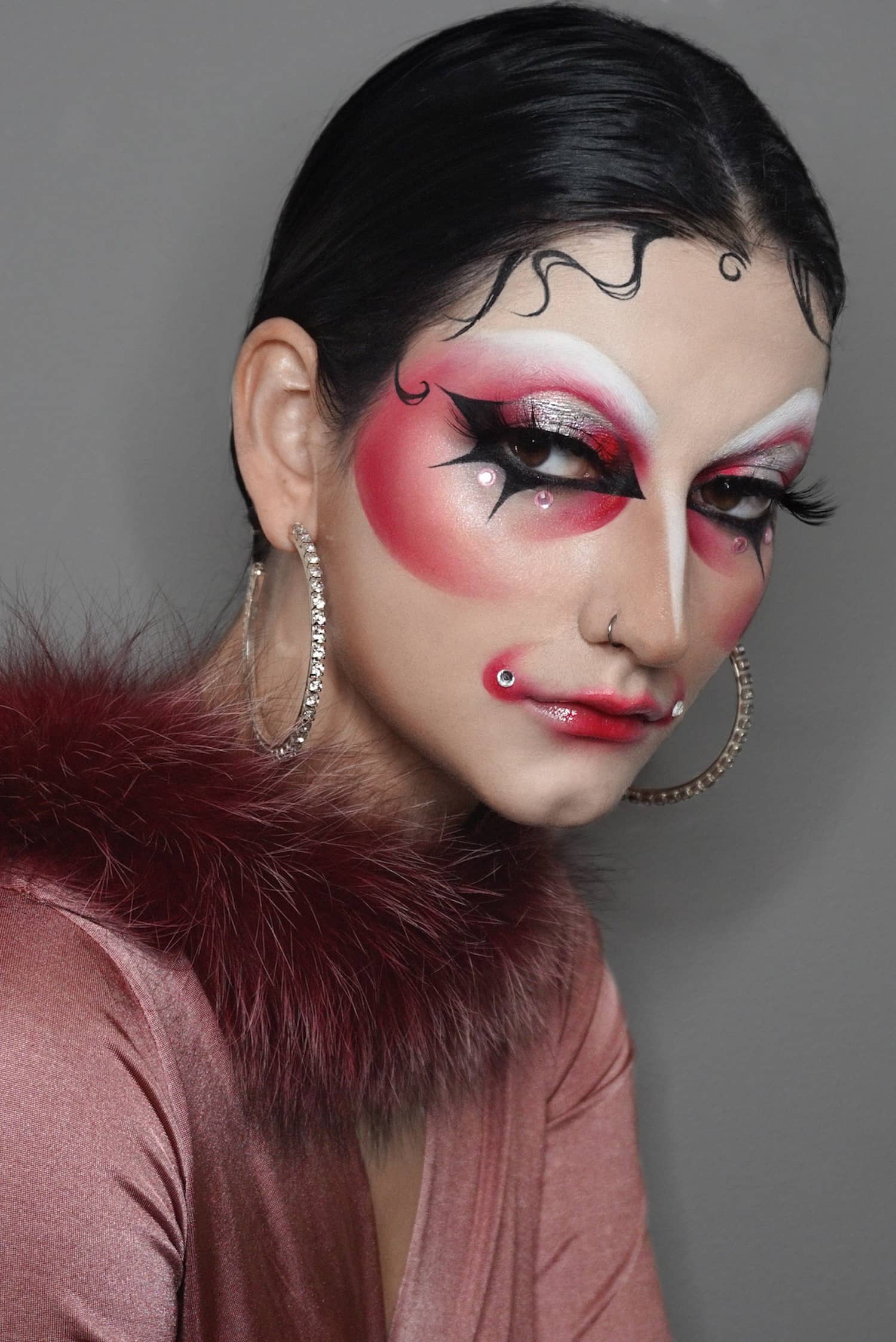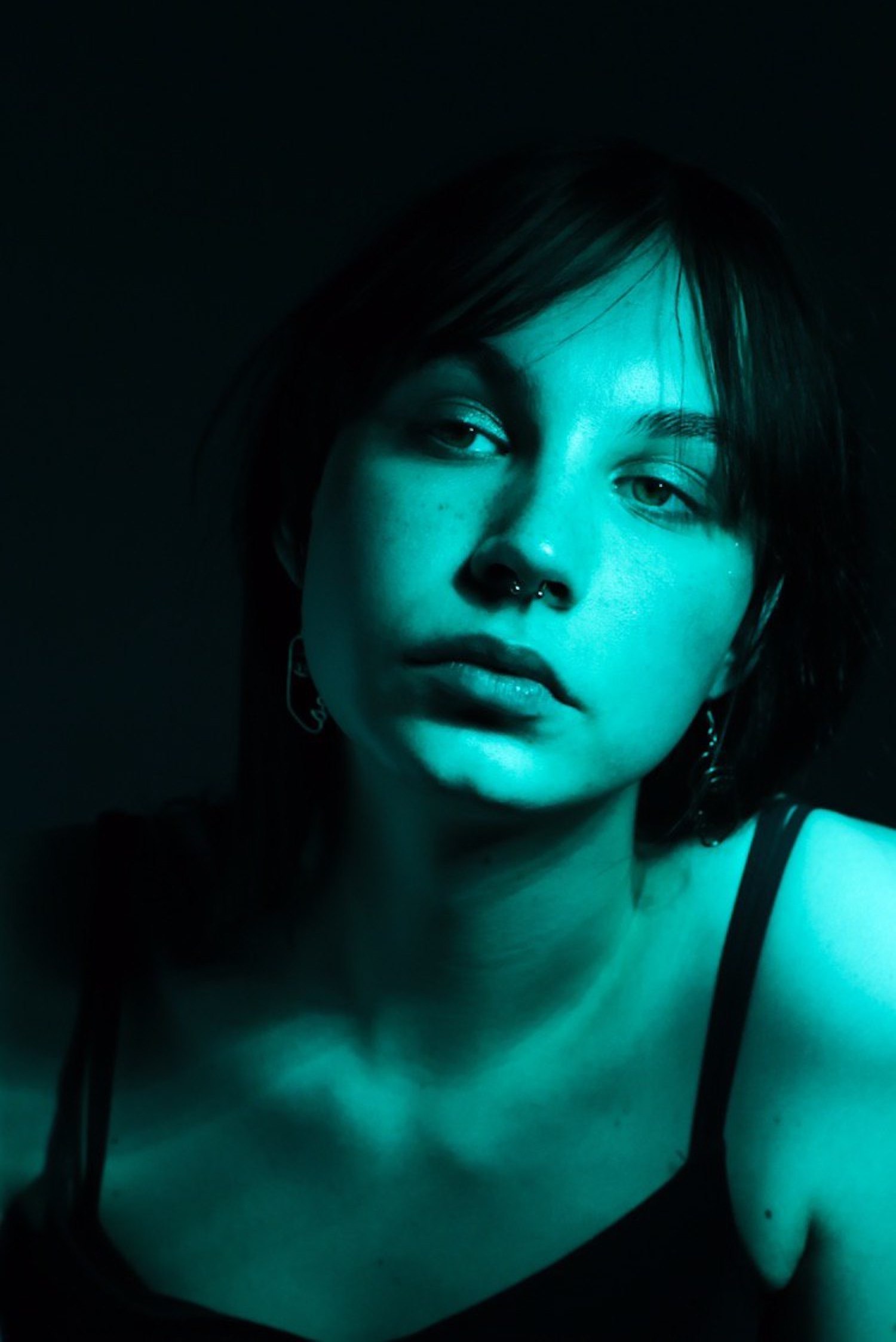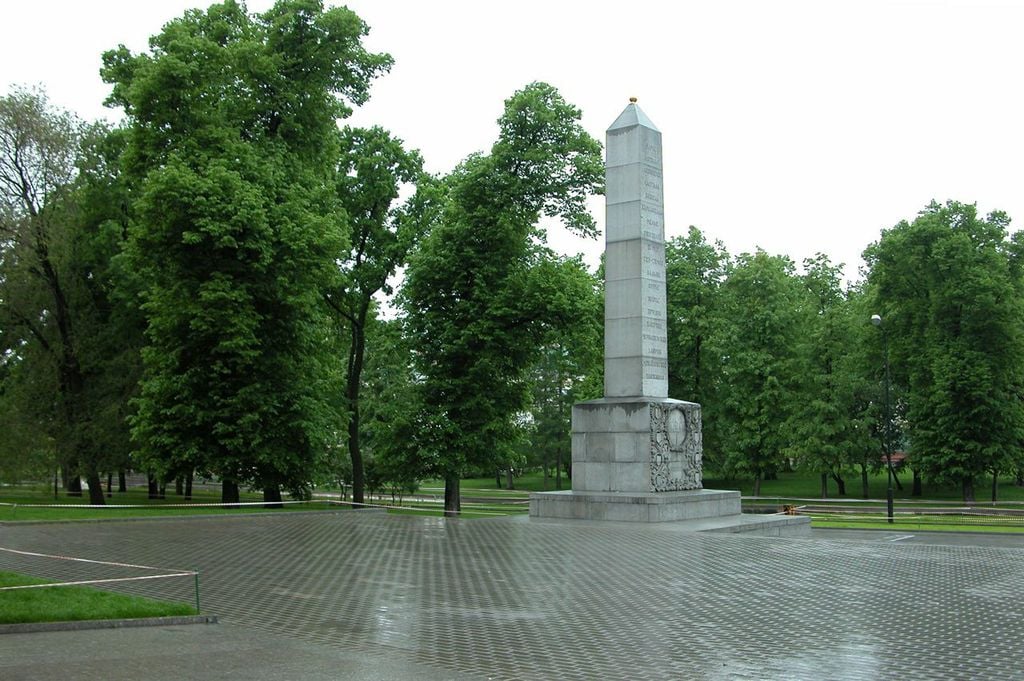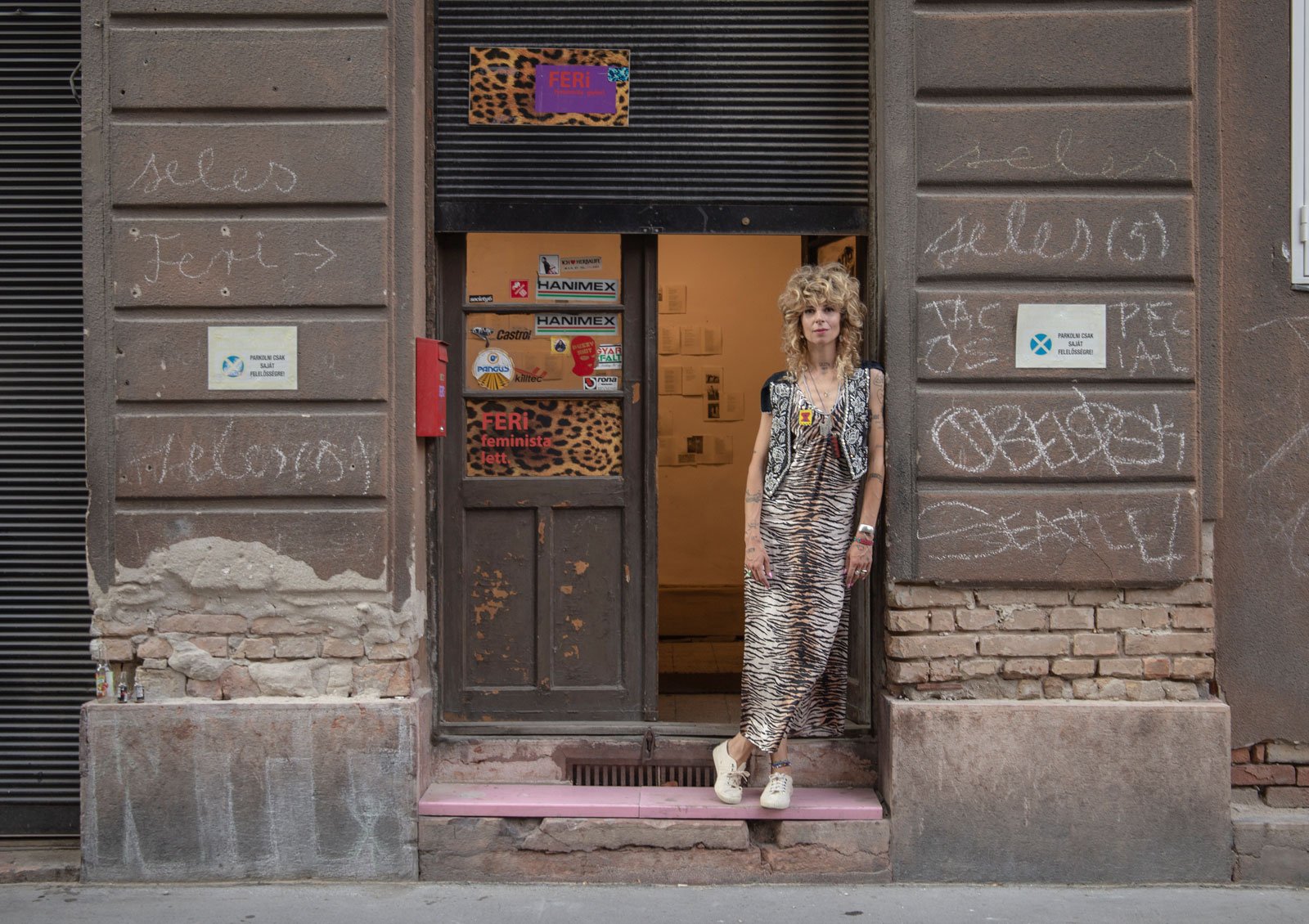Russia’s queer revolution: reclaiming the not-so-hidden history of the LGBTQ+ underground
Queer Russian culture was a constant presence on the edge of the country’s mainstream throughout the 1990s and 2000s, but a conservative pushback in the 2010s left a generation wondering if it ever existed at all. Anastasiia Fedorova talks about reclaiming her own queer history as part of a new exhibition in London — and why Russia’s LGBTQ+ community could be looking at a brighter future.
I started Russian Queer Revolution in the beginning of 2020 as an online platform to support Russia’s LGBTQ+ creatives. I wanted to create a celebratory space for a new wave of Russian queer culture and its unique visual language. But most of all, I wanted to show the world that Russia’s LGBTQ+ community exists – because, even as a queer Russian person myself, I wasn’t always so sure that we did.
In 2000s Russia, I grew up surrounded by the vague yet luminous presence of queer culture in the mainstream
When t.A.t.U.’s single All The Things She Said — undoubtedly Russia’s most well known contribution to queer pop culture — came out in 2000, I was 11 years old. I remember seeing the music video on TV: Lena Katina and Yulia Volkova making out in the rain wearing wet school uniforms. I am not sure if the sight of those short checked skirts and rebellious kisses awakened queer desire in me per say, but I was definitely mesmerised by the t.A.t.U universe. The band’s follow-up single, Not Gonna Get Us, was even more powerful. In the video, the duo drove through a blizzard in a hijacked lorry, racing to escape. I remember listening to t.A.t.U. CDs after school, one of the many Russian teens going through a sexual awakening. The desires t.A.t.U. sang about were complex: Simple Motions mused on social conformism, masturbation and queer sex; while Gay Boy described an irresistible attraction to a gay male friend.
In 2000s Russia, I grew up surrounded by the vague yet luminous presence of queer culture in the mainstream. Pop music was especially influential: from Oscar and Shura to a stunning drag performer in Ruki Vverkh’s video, who will forever remain in my heart. Queer artistic expression, however, seemed seperate from any kind of LGBTQ+ political agenda, something vague and not spoken about openly. The queer history of my teenage years was something that I only understood in retrospect when I was already living abroad. Thinking about Zemfira or Renata Litvinova as queer role models was similar to discovering, through sex blogger and educator Sasha Kazantseva, that the tram depot next to my flat in St Petersburg was in fact home to one of the city’s biggest lesbian communities. It was like suddenly finding a precious piece of a puzzle of my own queer belonging.
In the last decade, LGBTQ+ rights in Russia have gone dramatically downhill. Under the so-called “gay propaganda law” of 2013, there is no space for LGBTQ+ representation in the cultural mainstream – whether that’s in the media, in public spaces, or in education. The atrocities committed against LGBTQ+ people in Chechnya remain a devastating reality. The Russian queer experince known across the world is one of pain, oppression, or possibly exile. In London, I would sometimes stand in the middle of a sweaty dancefloor at a queer rave listening to a remix of All The Things She Said – and feel incredibly lucky, but also a bit lonely. My queer experience was not like the one of my white Western peers, or queer people of colour. Just like my vague queer history, sometimes I doubted my very existence.
In 2019, I went back to St Petersburg on a business trip and ended up at a queer rave called Grahn’. We drove there through a cinematic blizzard. The large space of a former factory was filled with young people of all genders in makeup, chains, vinyl, dark glasses, sportswear, and lace. In one room, Nastia Reigel played bass-heavy techno, in another, Russian pop tunes from the 00s drifted through cigarette smoke. The people around me sang, and so did I. t.A.t.U may not have really been gay — they famously admitted that it was just a publicity stunt — but something very real was happening around me. The disused factory, packed with young people ready to manifest their own authentic queer identities, was a reflection of the new wave which was already on the rise.
My queer experience was not like the one of my white Western peers, or queer people of colour. Just like my vague queer history, sometimes I doubted my very existence.
In the last two years, O-zine, an independent magazine about Russian queer culture, has become a vital consolidating force for the LGBTQ+ community. Founded by Dmitry Kozachenko and Sasha Kazantseva in 2018, O-zine gives a voice to Russia’s queer community, reviving its erased history, and helping build the future it deserves. With a small team and limited resources, O-zine has had a big influence on more mainstream media by reframing the conversation about drag, non-binary identity and transgender people – but, most importantly, they have also provided queer artists with a platform to showcase their work. But they’re not alone in their effort: there is now a whole range of independent publications and blogs on Russian queer life. Izvestnye Tetki is reclaiming Russia’s male gay history in all its glory; Queer Screen seeks out the hidden LGBTQ icons in Russian and Soviet cinema; Lesbian Lobby Telegram and Let’s U-Haul! Youtube channel keep up to date with lesbian life, Washed Hands provides queer sex education, Queer News covers positive events in Russia’s LGBTQ community.
Russia’s queer underground is growing – despite the increasing governmental homophobia and hostility. The year 2020 has been a tough so far: feminist artist and LGBTQ+ activist Yulia Tsvetkova is facing up to six years in prison for her body positive drawings; new constitutional amendments define family as “a union between a man and a woman”; an ice-cream brand was accused of promoting homosexuality by having rainbow packaging; and a new bill to “strengthen the institution of family” threatens the rights of trans people. In times of growing conservatism, the LGBTQ+ community often becomes a target: we can see that not only in Russia, but also in Poland, Hungary, the UK, and the United States, to name just a few. But in times like this, it’s important to raise our voices — and to celebrate the beauty of our existence.
Since I began Russian Queer Revolution, my admiration for Russia’s LGBTQ+ community has grown daily, and not only for community organisers, activists or talented artists. I am inspired by young people who are creating a new language of openness and visibility by simply being who they are: outspoken and fearless in their creativities and online identities. When I was asked to curate an exhibition for Vogue Fabrics in London, I wanted to dedicate it to them and their stunning force of self-determination. The installation features around 70 portraits: it’s by no means a picture of the whole community, but a mere fraction, the beginning of a hopefully more sizable archive. It’s proof that we exist as an entity, as a beautiful queer family: that we always have, and always will.
Russian Queer Revolution exhibition runs at Vogue Fabrics Dalston 1-25 September.
To help Russian trans community, donate to the fundraiser Russian Queer Revolution is running during the exhibition.
